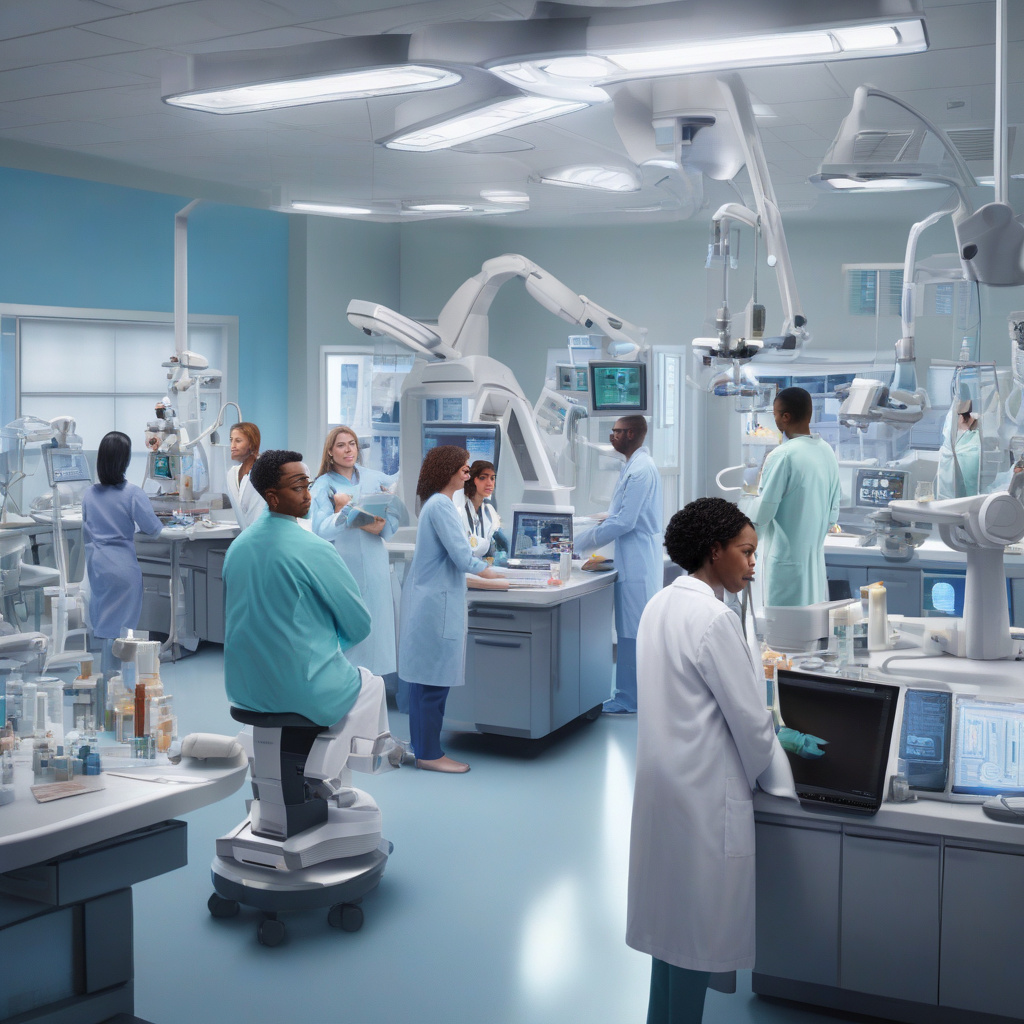In the fast-paced realm of medical technology, the security of devices plays a crucial role in ensuring patient safety and data integrity. The Food and Drug Administration (FDA) stands at the forefront of safeguarding these crucial aspects by implementing regulations and providing guidance to manufacturers.
The FDA’s approach is two-fold: on one hand, it demands rigorous oversight to guarantee that medical devices meet stringent security standards. On the other hand, it acknowledges the need for manufacturers to respond promptly when vulnerabilities are identified. This delicate balance is essential to foster innovation while upholding the highest safety measures.
One key aspect of the FDA’s role is to set clear expectations for manufacturers regarding cybersecurity. By outlining specific criteria and requirements, the FDA guides companies in developing secure devices from the outset. This proactive approach helps prevent vulnerabilities before they can pose a threat to patients or healthcare systems.
Moreover, the FDA plays a vital role in monitoring and responding to emerging cybersecurity risks. The agency stays abreast of the evolving threat landscape and works closely with manufacturers to address potential vulnerabilities. By fostering collaboration and communication, the FDA ensures that timely action is taken to mitigate risks and protect patients.
An excellent example of the FDA’s commitment to cybersecurity is its issuance of guidance documents that outline best practices for securing medical devices. These documents provide manufacturers with valuable insights into designing, developing, and maintaining secure products. By following this guidance, companies can enhance the security of their devices and stay ahead of potential threats.
Furthermore, the FDA actively encourages information sharing among stakeholders in the healthcare industry. By facilitating dialogue between manufacturers, healthcare providers, cybersecurity experts, and regulators, the FDA creates a collaborative environment that promotes knowledge exchange and collective problem-solving. This collaborative approach is instrumental in addressing complex cybersecurity challenges effectively.
In conclusion, the FDA’s critical role in keeping medical devices secure cannot be overstated. By implementing robust regulations, providing clear guidance, and fostering collaboration, the FDA helps ensure that medical devices meet the highest security standards. In doing so, the FDA not only safeguards patient safety but also upholds the integrity of healthcare systems. As technology continues to advance, the FDA’s commitment to cybersecurity will remain paramount in preserving trust and confidence in medical devices.

